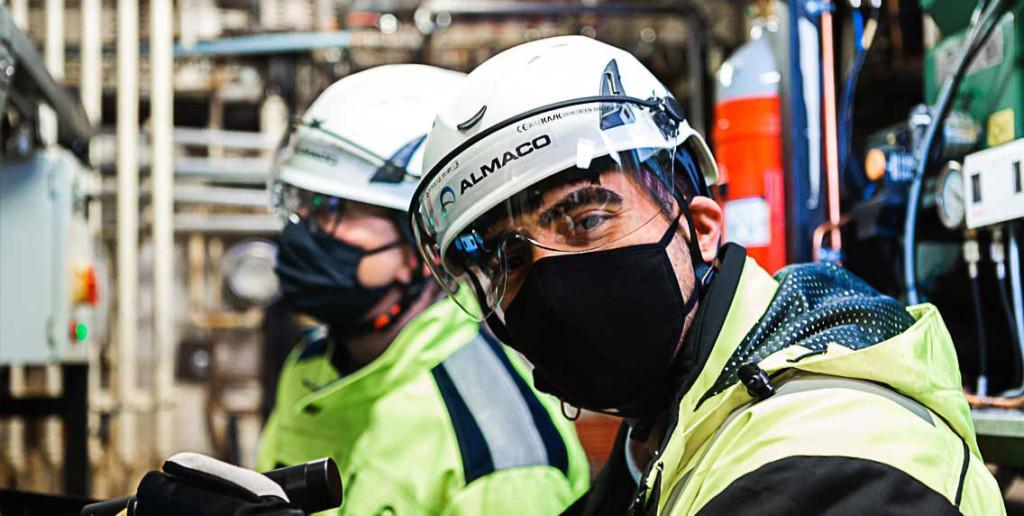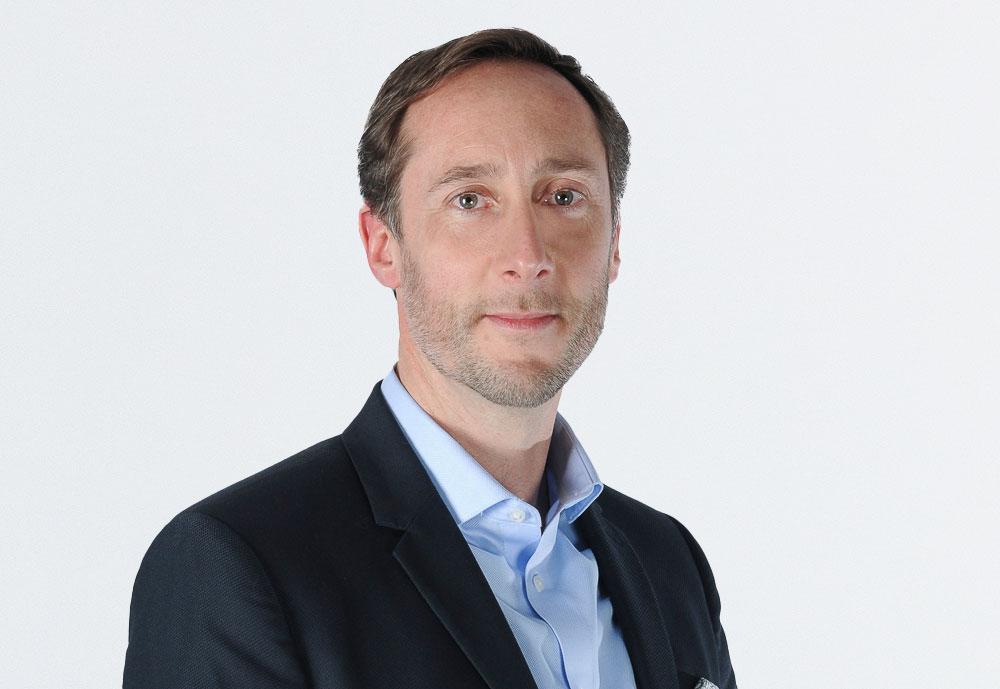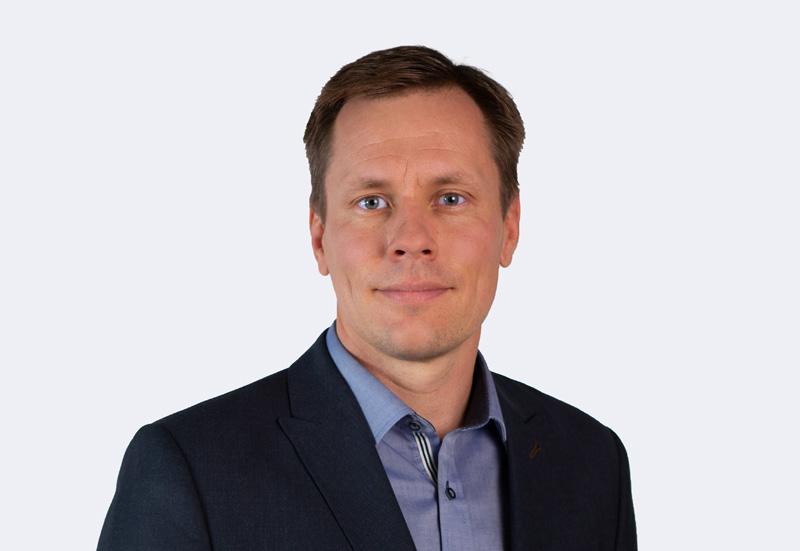Disease prevention during ship construction
Hardcore preventative procedures to ensure health, safety, and solid protection from wildly spreading diseases are in the spotlight like never before. For life and work onboard, this means a new set of disease prevention procedures to create, repeat, rehearse, and perfect until they become deeply rooted habits. These procedures must not only apply to the staff and the passengers. They must also include and be followed by temporary workforces like contractors, suppliers, and service personnel.
Ship and rig owners are successfully developing strict procedures for protecting passengers and the crew. But it can be difficult to include and control the workforce that consists of project workers, service personnel and others that temporarily set their foot onboard.
The responsibility to set up and follow health and safety procedures should be shared by all parties involved. The companies that work closely together with the owners, must have their own strict protocols that comply and support the owners’ protocols. Making everybody responsible and accountable is the only way to make the disease prevention plan waterproof.
The maritime HSEQ mindset is top class
I have been working with HSEQ (Health, Safety, Environment and Quality) in the offshore and marine industry for 15 years now. These industries have some of the strictest regulations on the planet. Compared to similar worksites and the hospitality industry onshore, the difference is enormous.
The marine and offshore industries have a deeply rooted health and safety mindset. This becomes very useful now that it’s time to set up new improved long-term protocols that include everything we have learned since the beginning of 2020. The whole industry, including suppliers, turnkey providers, EPCs, subcontractors and service providers, has shown commitment to develop a world-class health and safety plan to prevent history from repeating itself.
Concrete actions to get started
As a turnkey provider of projects and lifecycle services, there are potentially many subcontractors and suppliers to consider and educate to follow the plan. I recommend starting by mapping all individuals, points of contact and movement to ensure the people flow is optimized and avoid unnecessary contact. Are there any other risks or ways diseases can spread that aren’t immediately obvious? Surface contamination has not been a big issue with Covid-19. But in order to set up a future-proof plan that combats all spreading diseases, we need to include surface as well as air and water protection procedures in our plan.
The next steps that follow include developing new protocols, educating all stakeholders about the new procedures, and following up to make sure that the protocols are understood and complied with.
At ALMACO, we are developing and improving our disease prevention plan and already testing it out in some areas. This plan includes the following procedures:
“Safety walks” – We do frequent walks many times a day around the worksite to check that our health and safety procedures are being followed to the point. E.g. not wearing a mask causes a penalty.
“Safety moments” – We start all our meetings with a safety moment, where we repeat our procedures and how to reduce risks. E.g. how to act when visiting public spaces and how to do proper hand wash.
“Daily production track” – We track the whereabouts of and contact between the workers every day. In case of infection, this information is effectively used to determine who needs to be placed in quarantine.
“Mandatory regular Covid-19 testing” – Mandatory regular testing is performed on all workers, whether they are in a high-risk area or not. The same applies to being in quarantine before entering a site for a minimum of 1-2 weeks, depending on the site’s requirements.
“Temperature check 3 times per day” – We recommend all workers perform a temperature check three times a day. Even the slightest rise in temperature demands immediate quarantine and testing.
The same procedures can rarely be applied in the exact same way in every area and worksite. We need to take local rules, regulations and cultural aspects into account when customizing the plan.

Technology improvements ensure accuracy
We recommend all workers with access to a worksite perform a safety body temperature check. At ALMACO, we use an advanced temperature check device with added features, e.g. the device alerts if the worker is not using a mask. The procedure also includes face recognition that works even when wearing a face mask. We use an industrial-grade wide dynamic binocular camera and face biometric recognition technology including infrared (IR) thermal imaging. The camera also contains an automatic alarm for abnormal body temperature. By digitalizing the HSE disease prevention procedures, we ensure the results are reliable, that the procedures are followed and that the results are correctly handled and stored.
Quality inspection tools support disease prevention
At ALMACO, we have implemented a new Inspection tool app to make the inspection process easier, faster, and compliant to our Quality Standard. As a bonus, besides from supporting the disease prevention plan, the Inspection tool app reduces costs and risks for the owners and yards as well. It keeps track of the workers, the status of the project, repairs, inspections, lifecycle costs and other site works by providing accurate real-time information. It reduces human errors and supports project documentation and reporting by automatizing a part of the work. The information stored in the Inspection tool app prevents miscommunication and helps solve problems quickly. It contains clear information about the project quality requirements and standards, as well as detailed data like equipment warranty information and maintenance advice.
Ultimately, using the Inspection tool app to support the Disease Prevention Plan does not only reduce risks, delays, and costs. It provides reliability, credibility, and trust and make our workers, partners and customers feel safe and secure. This is something we all want for the people we work with and serve.
For more information, contact





